Balancing Rocks and Granite Skywalks in the Porongurup
Balancing Rocks and Granite Skywalks in the Porongurup
The Porongurup mountain range rises from the flat landscape like some strange otherworldly beast. It's a rocky, dense outcrop that covers an area no larger than 26 square kilometres with a maximum height of just 600 metres. But in the flat agricultural land of the Great Southern Region of Western Australia, it's a dramatic sight to see.
The Porongurup National Park protects this beautiful, rocky area and the incredibly diverse range of wildlife, plants and trees that reside within its boundaries. Those boundaries are small, and the park is one of the smallest in Western Australia, but packed into this compact area is one of the most interesting national parks in the state.
I visited the Porongurups to see this unusual mountain range and to find out just what makes it so unique. Within this national park, I found balancing rocks and granite skywalks.
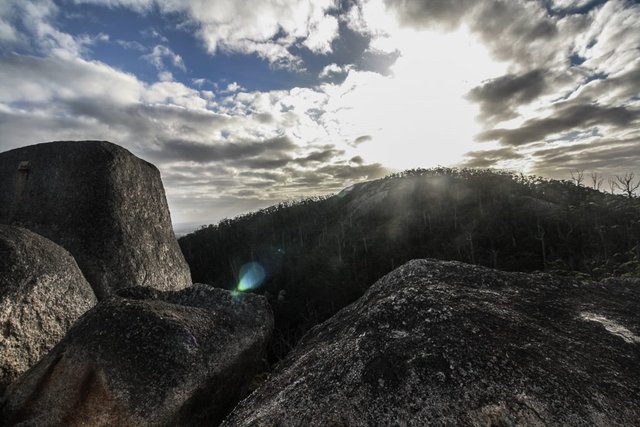
Porongurup National Park
Porongurup National Park is found in the Great Southern Region. This national park protects the distinctive Porongurup Range, known primarily for its huge boulders and unusual rock formations. The park is over 400 kilometres from Perth in the north and Albany, the nearest city, is 40 kilometres away.
It's a park that is by no means remote, at least not in Western Australian terms, but because of its location away from the coast, the highways and population centres, it sees few visitors in comparison to other national parks along the southern coastal area.
The traditional custodians of the Porongurups are the indigenous Noongar people, who have called this land home for thousands of years. Today though, much of that land is predominantly farmland, with an emphasis on grape growing and wine production introduced by Europen settlers. The name, 'Porongurup', is a Noongar term meaning a 'meeting place near water'. This unusual mountain range, with its huge rocks and tall peaks, was an important landmark in the largely featureless landscape.
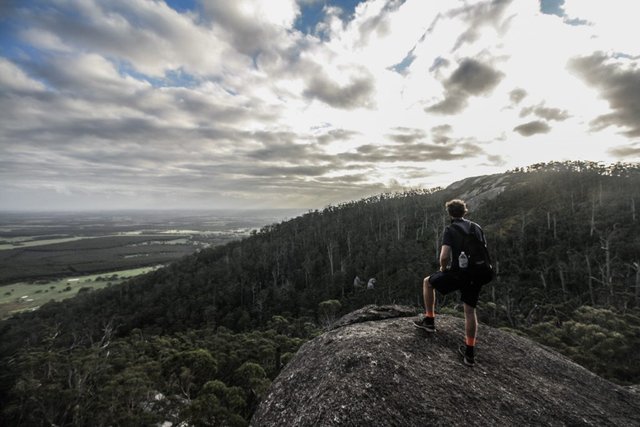
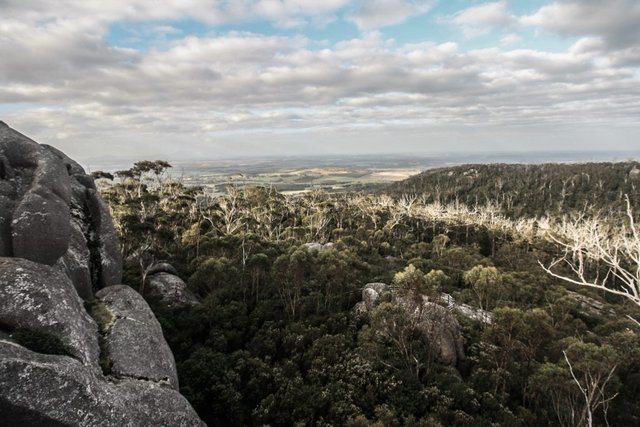

Castle Rock
Standing atop the Porongurup range is the unusual Castle Rock. European explorers and settlers named this giant, square rock that rises from the ground for its similarity to castles back in their old homelands.
Castle Rock stands high above the range and from its top the views over the land stretch endlessly to the horizon. I tackled the 4-kilometre round trip which winds from the base of the hill, through tall Karri trees and through gentle sloping bushland to Castle Rock.
Along the route, there are more unusually shaped rocks, in this strange landscape of granite boulders. Huge, smoothed out rocks stand ontop one another, or jutting precariously from the earth.
The strangest, and most unusual of them all is the Balancing Rock.
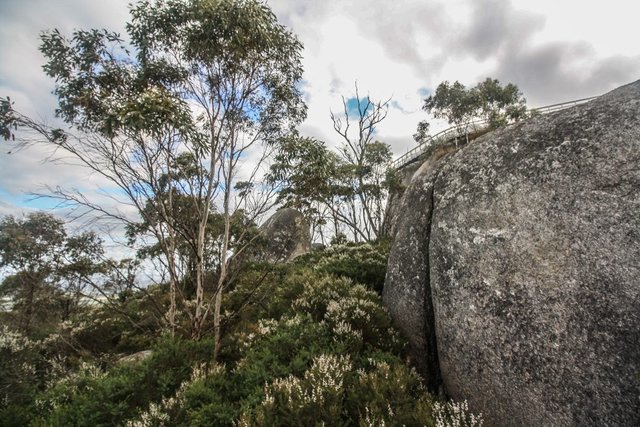
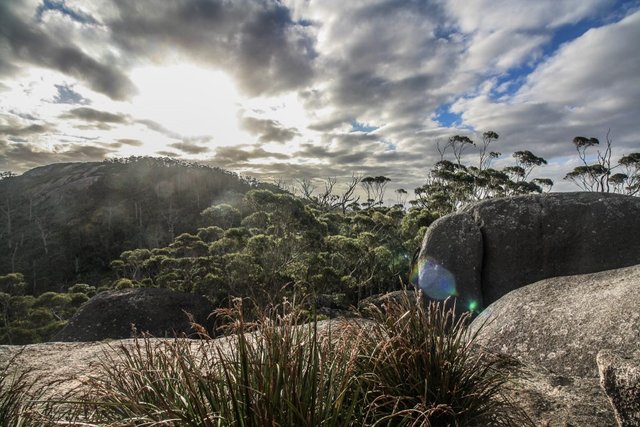
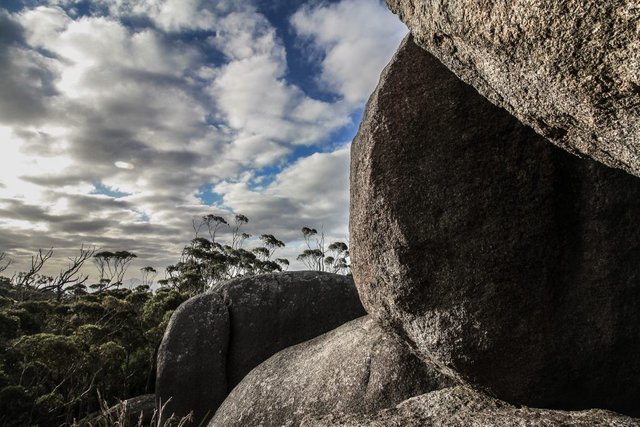
The Balancing Rock
At the end of the trail to the base of Castle Rock, the Balancing Rock is found precariously balanced on the side of the mountain.
The Balancing Rock is a giant, 6-metre tall rock that has been smoothed and rounded over time to form an egg-shaped piece of granite that stands balanced on a small rocky base.
It's a famous site in the region because it's quite an unbelievable sight to see. If you dare, stand under the rock for a unique picture. It's stood balanced for thousands of years, but who knows when it could fall?
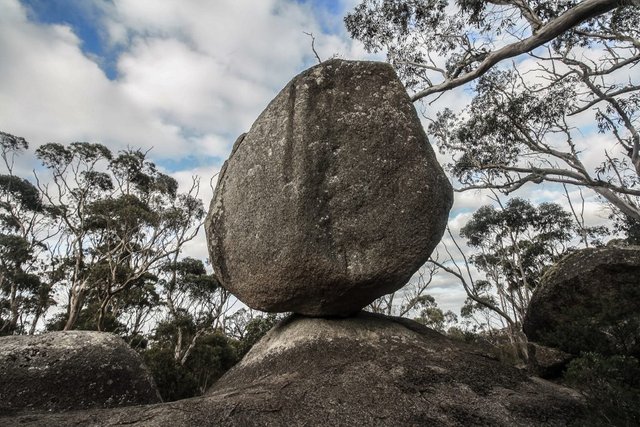
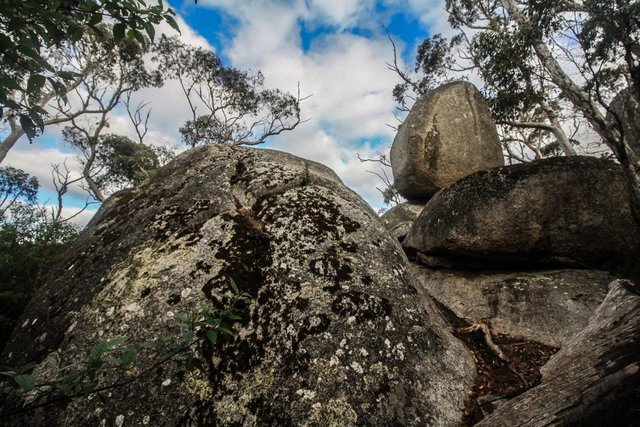
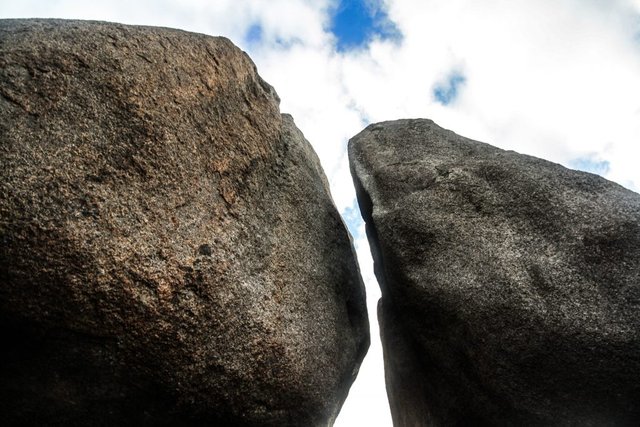
The Granite Skywalk
A series of ladders lead visitors to the top of the huge Castle Rock. And awaiting those that have climbed the rungs, is the Granite Skywalk.
This elevated viewing platform runs around the edge of the rock, right at the summit, with a harrowing view of the ground far below your feet.
The Granite Skywalk offers incredible views over the entire Porongurup Range and far off across the Great Southern Region. It's designed to allow visitors to experience unique 360-degree views from the top of Castle Rock, and it really does offer an exhilarating perspective on the surrounding landscape.
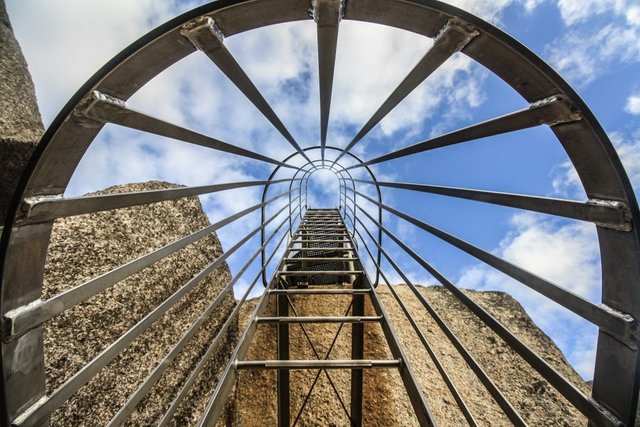
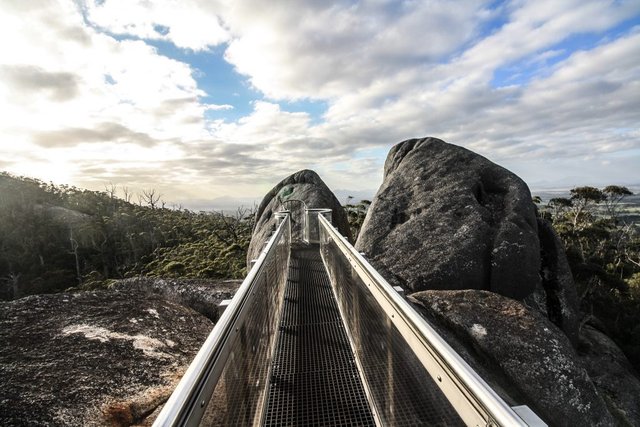
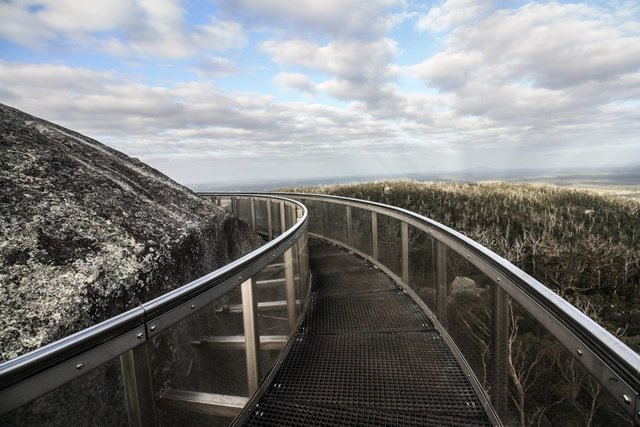
All Words and Photos by Richard Collett
This article originally appeared on my website, Travel Tramp!
awesome pictures